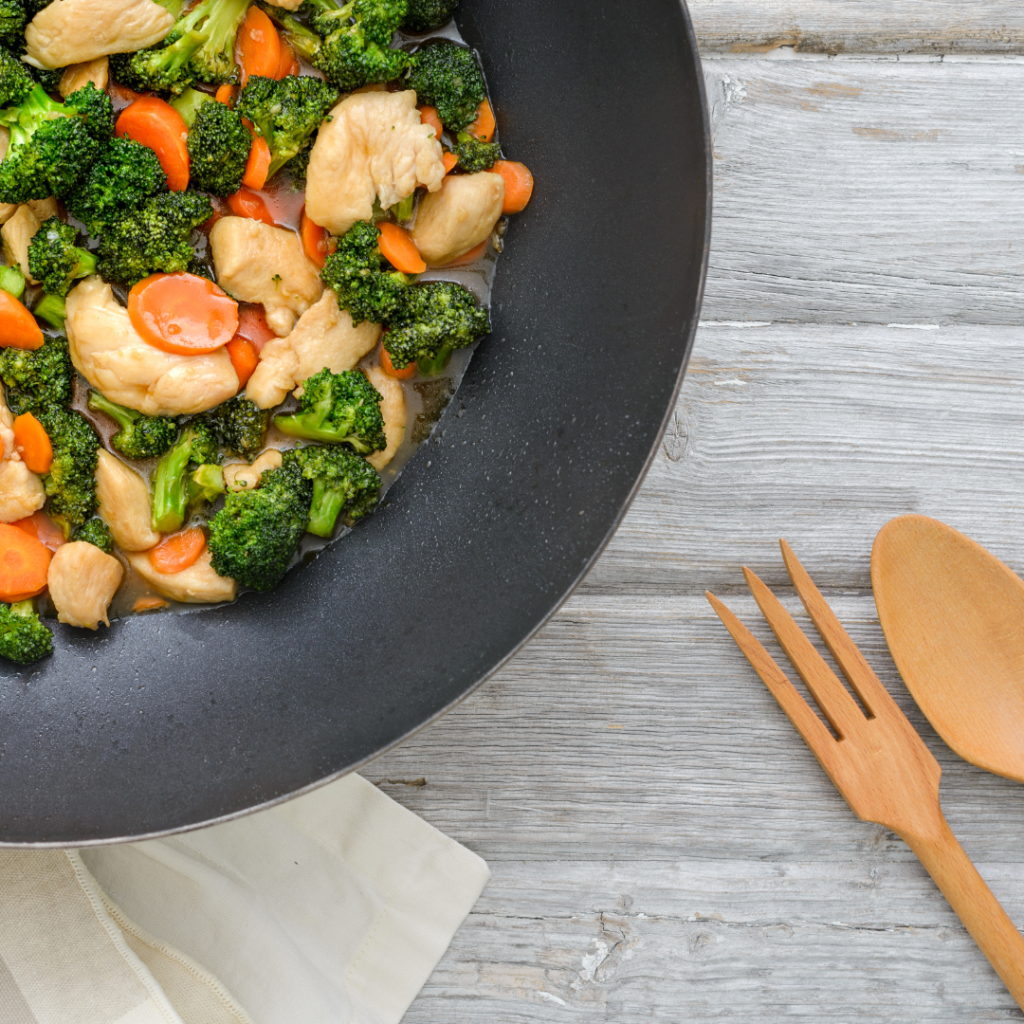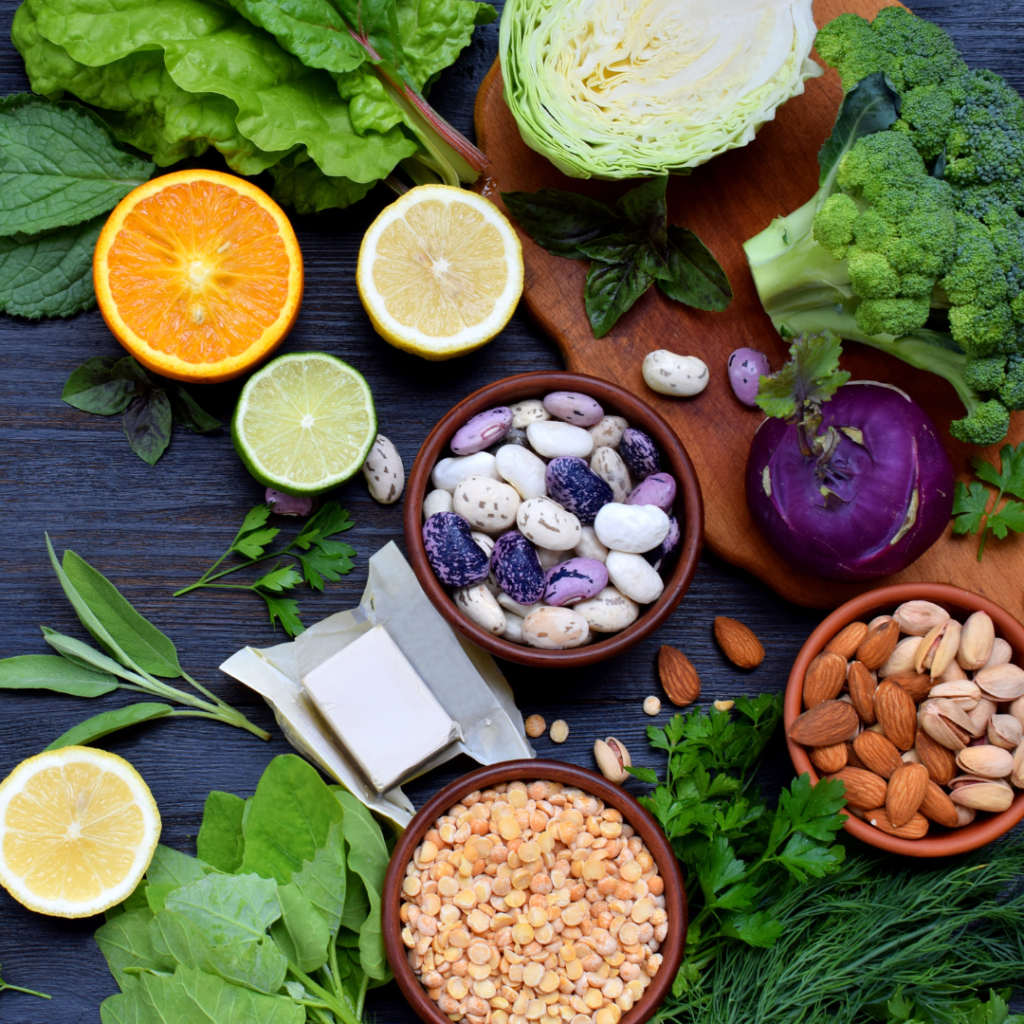Cardiovascular disease (CVD) is a serious and life-threatening condition for those living with spinal cord injuries (SCI). Studies show that CVD occurs more often in individuals with SCI and at an earlier age than the non-SCI population. The leading factors for the increased risk are changes in your cardiovascular system due to SCI and nutrient deficiencies in vitamins and minerals that are essential to maintaining cardiovascular health. Some of those vitamins and minerals include fiber, calcium, magnesium, potassium, and Vitamins A & C.

So what is CVD? Your cardiovascular system includes your heart and all your blood vessels. The blood vessels carry the blood that the heart pumps, full of nutrients and oxygen away from the heart are called arteries. The blood vessels that carry waste products and deoxygenated blood back to your heart are called veins. CVD most commonly refers to atherosclerosis, which is the thickening, hardening, and loss of elasticity of the artery wall.
According to Eat Well, Live Well, “Contrary to popular belief, cholesterol is not the root cause of plaque build-up. In fact, once your body senses damage in your arteries, cholesterol is produced in your liver and sent to these damaged sites to try and heal them. However, this cholesterol can then get trapped on the scabs of the damaged sites and contribute to plaque build-up.”
Types of Fat
HDL Cholesterol is known as the “good” cholesterol. HDL carries cholesterol from your arteries to your liver, where it is broken down and later eliminated. Higher levels of HDL are strongly associated with protection from CVD. HDL levels are also related to your level of activity. People who are physically active tend to have higher HDL.
LDL Cholesterol is your “bad” cholesterol. LDL carries cholesterol and triglycerides from your liver to cells throughout your body. This tends to stick to damaged cell tissue, contributing to plaque buildup. Triglycerides are a type of body fat that is carried in your blood.

Virtually all fat-containing foods contain some saturated fat. Small amounts of this fat are both healthy and necessary, but excessive consumption increases health risks. Almost all trans fats are man-made fats used to increase shelf life. They are found in prepared and packaged foods such as salad dressings, cereals, cakes, crackers, margarine, frozen foods, and fried foods.
Nutrition for Cardiovascular Health
- Eat Good Fats – Omega-3 fats are good fats that help to decrease inflammation, prevent hardenting of the arteries, lower LDL cholesterol and triglyceride levels, reduce platelet stickiness and growth of plaque in the arteries, promote relaxation of the lining of the arteries and help to lower blood pressure. Monounsaturated fats are also good fats that can help lower triglyceride levels and increase HDL cholesterol levels. Examples of foods that are omega-3 fats or monounsaturated fats include: flax seeds, walnuts, fish such as salmon, mackerel, trout, tuna & sardines, olives, avocados, or olive oil.
- Eat plenty of soluble fiber – soluble fiber binds with fat/cholesterol in the intestines, which is then excreted in the stool. Examples of these foods include oat bran, peas, flax seed, carrots, pears, bananas, and apples.
- Eat foods rich in Vitamin B3 (niacin) – Vitamin B3 helps dilate blood vessels, eliminates excess cholestrol and increases HDL Levels. Examples of foods rich in Vitamin B3 (niacin) include salmon, chicken, beef, lamb, and spelt
- Eat foods high in antioxidants – Free radicals damage tissue, including arteries, if they are not neutralized by antioxidants and may lower HDL levels. The primary antioxidants Vitamins A, C, & E are also the vitamins individuals with SCI tend to be deficient in. Examples of foods high in antioxidants include: sweet potato, winter squash, carrots, red/green bell peppers, tomatoes, kale, kiwi, brussels sprouts, strawberries, sunflower seeds, papaya, legumes, dark green leafy vegetables, brazil nuts, and onions.
- Eat foods rich in magnesium & potassium – There is a strong association between magnesium deficiency and a risk of a heart attack. Magnesium helps dilate arteries and inhibits platelet stickiness and blood clot formation as well as duces the size of any arterial blockages. Potassium helps reduce blood pressure. Examples include black beans, quinoa, bananas, apricots, navy beans, and avocados.
- Limit sugar intake – Dietary sugar plays a huge factor in increasing triglycerides, LDL cholesterol, and insulin in the blood. All of these things cause arterial damage while lowering HDL cholesterol levels. Avoid all refined and processed sugars and foods that contain them, including soda, candy, sugar-laden cereals and breads, cookies, and pastries.
- Reduce saturated fats and eliminate trans fats – These raise your bad cholestrol levels and trans fats also displace good fats in your body. Saturated fats are mainly found in animal products, including whole milk, cheese, butter, beef, pork, and lamb. Replace animal products with fish 3-4 times a week. Trans fats are found in processed foods, baked goods, fast food, margarine, and shortening.
